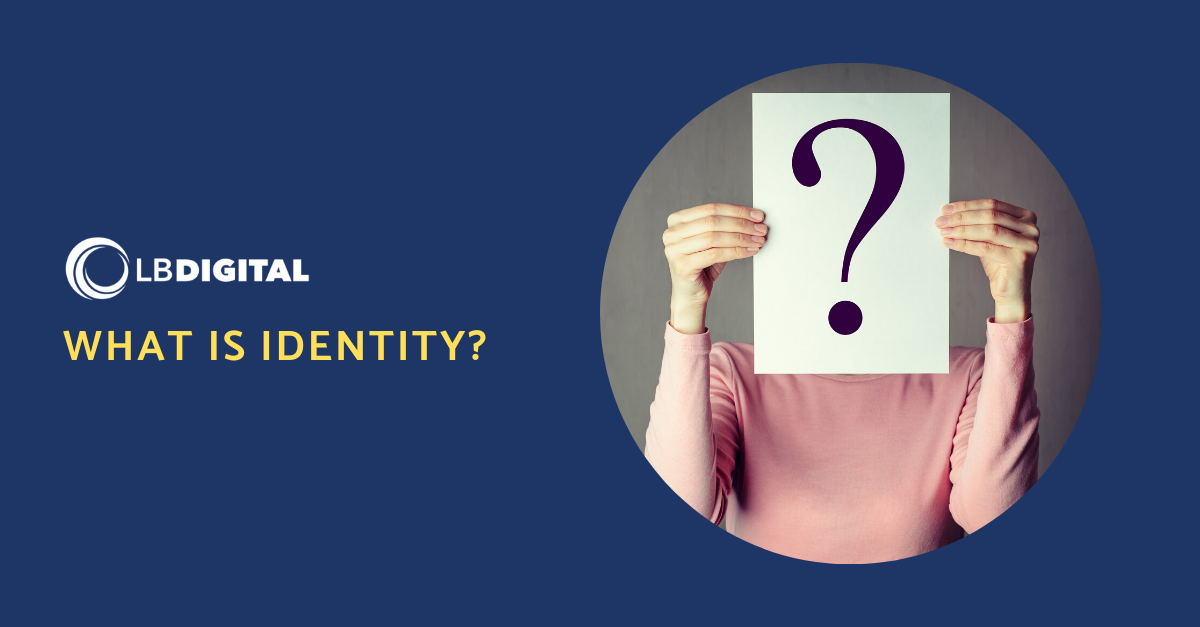Identity Graphs Explained
We all know what identity means. It defines who you are. People ask your identity, you show them your drivers license as an ID, or your social security number, or even your passport. It has name, your address, what you look like, how tall you are, the color of your eyes. These are all part of your identity.
In marketing, identity refers to something different. It means all the different ways that you can recognize an individual person either with personally identifiable information [PII] or anonymously. Some of the different things that identify an individual in marketing include their name and postal address, email, phone number, cell phone, cookie, IP address, mobile advertising ID [MAID], TV ID. All or some of these personal identifiers together make up a record in an identity graph. The purpose of the identity graph is to take all of this PII data which is used in various marketing channels and to match the ones that identity the same individual or household, often referred to as identity matching or identity resolution.
What’s the point of an identity graph?
There are many reasons to consider using an identity graph is your marketing efforts. Let us take you through them one-by-one:
Identity Resolution for Unified Marketing
One purpose of combining PII data together is to identify which data belongs to each single person or household. This enables you to market to them across all channels and devices with one unified message.
Imagine for example you buy a pair of shoes from a website on your home desktop. Using cookies, that website will be able to identify you when you revisit and may show you similar pairs of shoes to encourage you to buy again. However, if you visit the website from a different computer or device, without an identity graph to match you to the cookie on your home desktop, the website may simply show generic messages that are irrelevant to your needs and preferences.
It is the identity graph which enables the brand to carry out the identity matching process and deliver a unified message to its customers, no matter which device they use or channel they engage with.
Identity 360 for More Efficient Marketing
Another important reason to know who your records are is to ensure you don’t reach the person too few or too many times to be effective with your messaging. This is done by using frequency capping, which is only effective if you are able to identify the person or household across many devices and channels.
Identity Graphs to Help Reduce Wastage
Something else to keep in mind is the need to reduce wastage and increase ROI. With an identity graph, marketers can determine where their efforts have been duplicated or where a user has converted on one device or channel but is still being targeted on another.
ID Resolution for Improved Campaign Measurement
Lastly, by combining all of the individual identifiers for a record, you are able to measure response across channels. This includes being able to attribute a purchase on the web to an ad the individual viewed on a mobile app. Marketers are able to measure and optimise engagement throughout the customer journey with cross-device attribution.
The next time you think about your identity, you now have an idea of how advertisers are able to send you offers that would be of interest to you by using your anonymous online profile. Without identity resolution, you would receive many more advertisements, much of which would be outside of your interests.
If you’re interested in learning more about how identity resolution could help your business, why not talk to us about our expertise?

